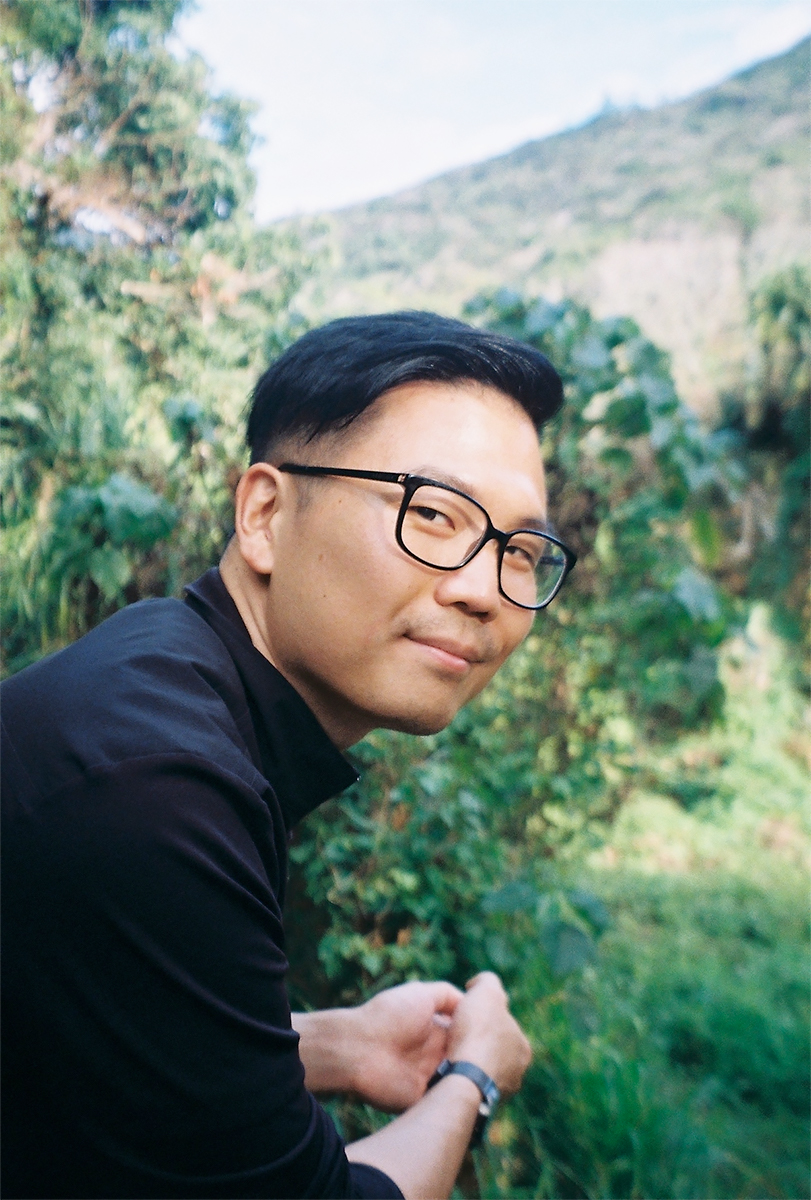Marcus Yam is a roving Los Angeles Times foreign correspondent and staff photographer. Born and raised in Kuala Lumpur, Malaysia, he left a career in aerospace engineering to become a photographer. His goal: to take viewers to the frontlines of conflict, struggle and intimacy. His approach is deeply rooted in curiosity and persistence. In 2022, Yam won the
Pulitzer Prize for Breaking News Photography for images documenting the U.S. departure from Afghanistan that capture the human cost of the historic change in the country. In 2019, Yam was awarded the Robert F. Kennedy Human Rights Journalism Award for his unflinching body of work showing the everyday plight of Gazans during deadly clashes in the Gaza Strip. He was also part of two Pulitzer Prize-winning breaking news teams that covered the San Bernardino, Calif., terrorist attacks in 2015 for the Los Angeles Times and the deadly landslide in Oso, Wash. in 2014, for the Seattle Times. His previous work has also earned an Emmy Award for News and Documentary, World Press Photo Award, DART Award for Trauma Coverage, Scripps Howard Visual Journalism Award, Picture of the Year International's Newspaper Photographer of the Year Award, Society of Professional Journalists' Sigma Delta Chi Award, National Headliner Award and an Alfred I. duPont-Columbia University Award. When he's not working, Yam likes minimizing and organizing his life for efficiency for emergencies.
